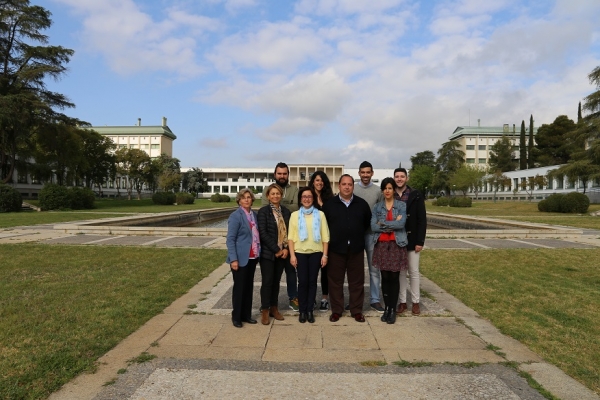The Agriculture sector in the European Union suffers from a series of problems resulting from agricultural practices that have been employed in recent decades. It has become increasingly that the commitment to intensive agriculture centred on just one crop, and the increased use of supplies (water, fertilisers, pesticides, energy...) has negative effects on both the environment and the profitability of the sector
Changes in land use and overexploitation have been key to the decline of biodiversity, which results, according to the latest FAO report, "The state of biodiversity for food and agriculture in the world", ina scenario in which only 9 of the plants grown for food account for 66% of world agricultural production, and where ecosystems such as forests, grasslands and wetlands are shrinking, and pollinators disappearing.
This vicious circle ends up affecting those who are engaged in agriculture, as the decline in biodiversity means that crops are more vulnerable to pests, erosion, and loss of soil, leading to increased spending on damaging fertilisers and pesticides.
Diverfarming, as a tool to deal with this destructive scenario, proposes a commitment to the diversification of crops and reductions in the use of supplies as a strategy to recover biodiversity and soil fertility and decrease expenditures on external resources, so that both the environment and farmers' quality of life are sustainable in the long term.
In the step previous to achieving the paradigm shift in European agriculture, 25 experimental plots are established in 6 European countries where diversified systems, best suited to each crop, region and climate, are tested.
In Andalusia, Luis Parras, a researcher at the Department of Agricultural Chemistry and Edaphology of the University of Córdoba, is in charge of overseeing Case Study 4: A traditional olive grove suffering from gullies and soil loss. Together with the researchers Beatriz Lozano and Manuel González of the SUMAS Research Group, from the same department, they are seeking possible strategies to recover the land and the profitability of this olive grove in order to be able to extrapolate these procedures to the rest of the Andalusian olive sector.
After studying the characteristics of the soil and the crop, and surveying growers in the sector, three crops have been selected to cover the space between the rows of the olive grove: saffron, a mixture of arveja (pea) and oats, and lavender. The commercialisation of saffron as a gourmet product; peas and oats, for cattle feed; and lavender, as a base for essential oils and cosmetics; allows farmers to diversify their olive groves, have another revenue stream, and guarantee at least one of the harvests.
To deal with the high erosion of these soils and the low amount of organic matter from the bare soils, management techniques are employed such as the inclusion of plant cover between the rows of the olive grove, non-tillage, and the incorporation of removing detritus. In this way, at the same time that an effort is made to recover the fertility of the soil and, therefore, its productivity, the costs derived from the excessive use of fertilisers or pesticides are also reduced.
To share knowledge and ensure that the project reaches as many end users as possible, the Scientific Culture and Innovation Unit at the University of Cordoba coordinates the communication and dissemination strategy, and works to create a community of farmers who replicate this system, taking care of the planet and ensuring the sustainability of their lives.


